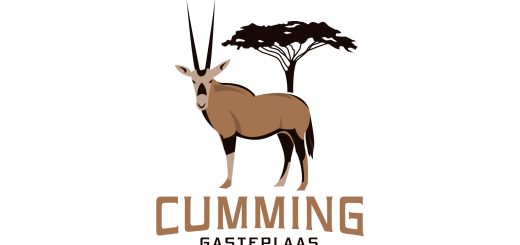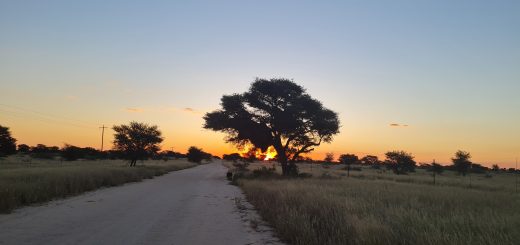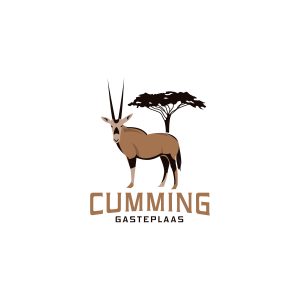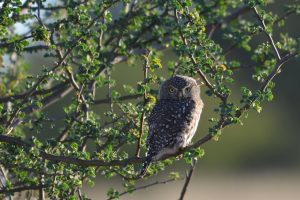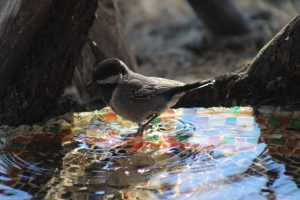The Kgalagadi Transfrontier Park: Read this review if you are considering it
If you’re a south african looking for the next adventure or an international tourist browsing through South Africa’s large variety of attractions, consider the Kgalagadi Transfrontier Park. This park is extremely special in a variety of ways. The park and its facilities are more primitive, but comfortable. The abundant game and birdlife are valuable in its complete wilderness. Just be sure you know what to do when coming face to face with the king of the jungle on your way to the loo.
All roads lead to sand
When traveling to the Kgalagadi, it would be best to plan a stop or two along the way. The nearest airport that accommodates commercial flights would be at Upington. From Upington it is still approximately two and a half to three hours drive to reach the entry gate of the Kgalagadi.
The drive from Upington is nothing but scenic with rolling sand dunes and large salt pans, packed with local hospitality at various B&B’s along the way. The last small town to be able to fill up or buy any forgotten groceries or tools, would be Askham. Askham has two agricultural corporations, a small grocery store, filling up stations, a bottle store and a quaint coffee shop with impressive lunches and ice cold ice teas.
Although the whole drive from Upington to the Kgalagadi is tar road, whenever you’d like to venture off the beaten track a vehicle with a bit of a higher suspension is recommended. The Kalahari is the sea of sand and even some of the gravel roads are a bit powdery. A variety of vehicles without 4×4 can manage, but it would be best to steer clear of low profile wheels.
Accommodation and Facilities
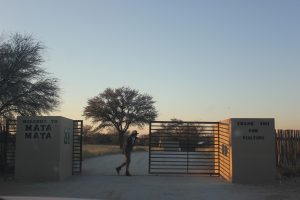
The accommodation options range from camping, tented camps and chalets. The tented camps are more expensive, however they are completely isolated with their very own watering hole so guests sometimes experience abundant game in their own privacy.
The chalets are mostly inside the fenced camps. They range from river view or watering hole view to standard chalets without much of a view.
The campsites range from camping in solidarity with your very own braai, bathroom and kitchenette to camping in a caravan park style with communal ablution and washing up facilities.

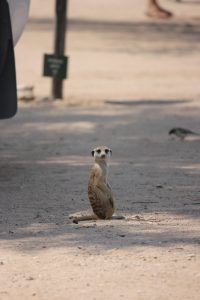
All of the accommodation options inside fenced or camped areas have access to fuel, a tuck shop, a swimming pool and a hide where various animals often come to drink, including some of the big cats.
Inside the park it is illegal to exit your vehicle or have any body part protruding from your vehicle. However, at designated braai areas with bathrooms you may exit your vehicle at your own risk. These areas are often popular for big cats looking for a drink or some shade. Be sure not to crap your pants before reaching the loo when Simba suddenly greets you from around the corner!
Bide my time with bird watching
The best and probably most popular activity in the Kgalagadi is bird watching. The abundant number of water holes allows any bird watcher to sit with their bird book or tablet for hours and hours. Birds of various size, color and type make their rounds around the watering holes.
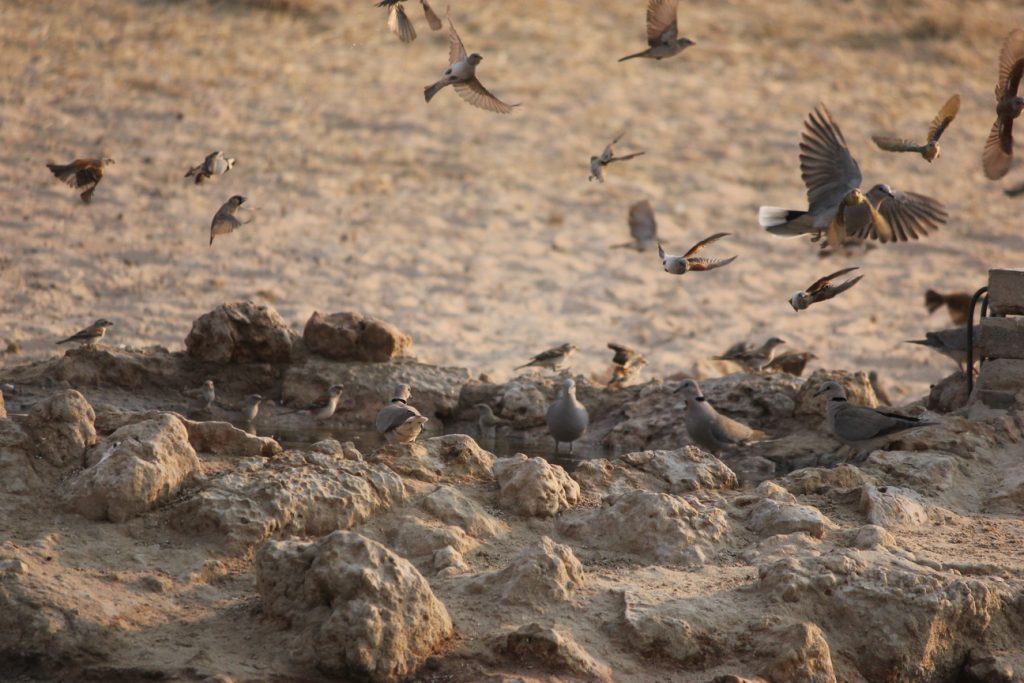
Birds of prey are often seen having a chase after some unfortunate prey whose wing beat was just too slow. The sandgrouse phenomenon is a must see from around 08h30am till about 10h00am when hundreds of sandgrouse in admirable size flocks come an catch their three second daily drink. During this short time they also store water in their feathers underneath their wings to take back to the nest.

The amount of birds of prey are astonishing: falcons, eagles and even the small bird predators such as the Laksman. For more information on the birds at the Kgalagadi, have a look at our bird watching section!
Game – those only made for the Kalahari
The game species that survive here are only the toughest species of antelope and predators that have successfully adapted over centuries to the frequent droughts, veld fires and diseases, amongst other challenges. They are the only choice – this is not a park or a zoo where one would see imported antelope. They simply won’t survive.
Who are these tough species? Well foremost is the oryx, springbuck, duiker, ‘steenbok’, red hartebeest, wildebeest and kudu. For more information on why some of these species manage to survive so well in the Kalahari, see our article on The top five antelope of the Kalahari Dessert.

These tough species of antelope can often put up quite a fight for the predators accustomed to the challenges of the Kalahari. However, if the prey are tough, the predator is even tougher. The lions, leopards and cheetahs in this area have grown accustomed to walking over twenty kilometers for a single meal or drink of water. Lions and other big cats are often attracted to the rest stops alongside the game roads so be sure to scan the area properly before you exit your vehicle, it might be too late!
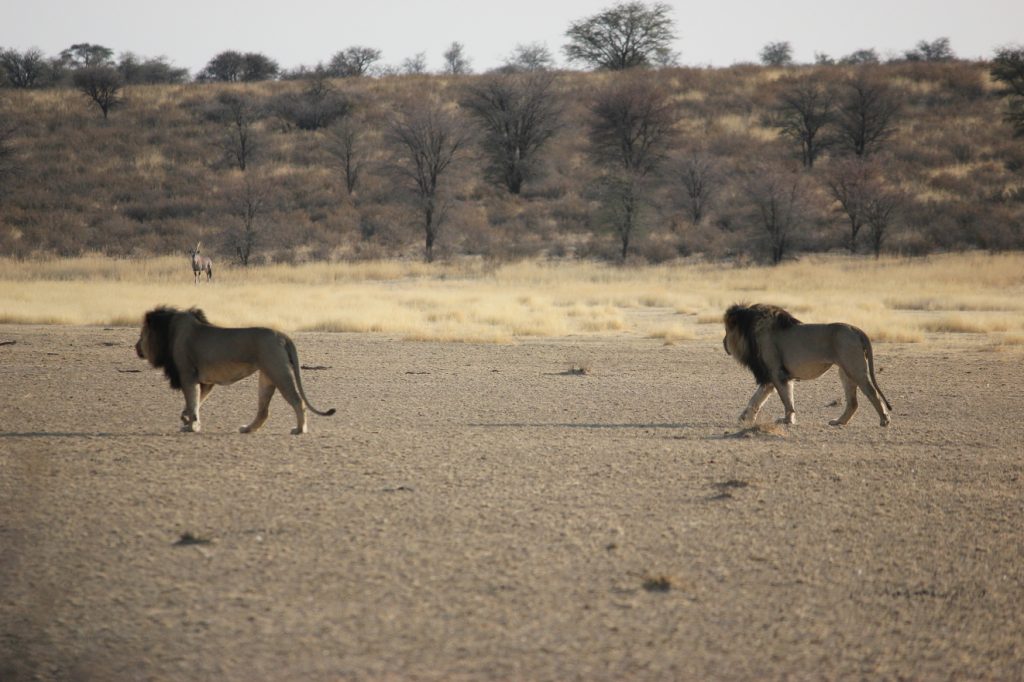
Smaller predators such as the jackal, bat-eared foxes, cybil cats and many more smaller predators make their living in the Kgalagadi alongside the bigger game. There is so much detail to every square meter of the Kgalagadi. It is important to look closely, you never know what might be watching you.
This article is mainly a review of the Kgalagadi in terms of its wilderness. For anyone that is now considering the Kgalagadi as their next stop can browse the blog for more informative articles based on the animals in the Kalahari.


